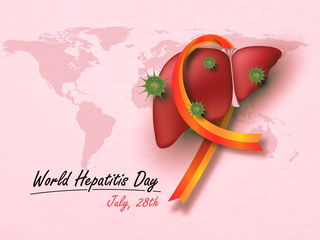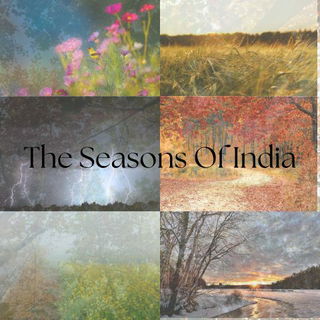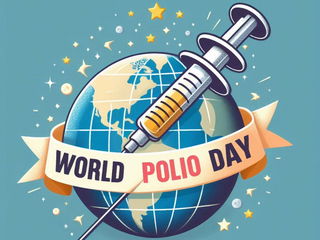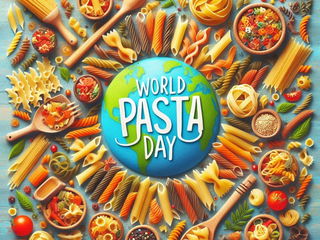- Calendar
- Calendar 2025
- October
- World Food Day
World Food Day
Every year on October 16th, we celebrate World Food Day! This United Nations holiday is all about raising awareness of global food supply and distribution issues. It's a day dedicated to recognizing access to food as a fundamental human right and joining the fight to end world hunger.
Across the world, the food supply chain is not well-developed, and so people in first-world countries tend to overindulge in food rather than eating sustainably and mindfully. World Food Day teaches people how to eat better, which includes practices such as eating seasonal vegetables and keeping a varied diet.

History of World Food Day
World Food Day was established in 1979 to commemorate the founding of the Food and Agriculture Organization in 1945. The idea for a World Food Day to be celebrated internationally was put forward by the Hungarian Minister of Agriculture at the Food and Agriculture Organization's 20th General Conference, and all Member Countries were on board with it.
The first World Food Day was observed on October 16, 1981, with over 150 countries participating in it, to fight food poverty and hunger. The day has been celebrated every year since.
Annual Themes
Every year there is a different World Food Day Theme. The theme puts focus on the issue at hand in that specific year and helps highlight how people can take action and help.
The theme for 2024 is “Right to foods for a better life and a better future”
The focus tends to be on farming, agriculture, and supply, to raise awareness of the need for funding and policy change. The first theme was Food Comes First in 1981. Recent themes include:
- 2020 - Grow, Nourish, Sustain. Together - partly in response to COVID-19, the theme this year looked at resilience in food production and supply so they can withstand volatile situations.
- 2021 - Safe food now for a healthy tomorrow - the theme was designed to raise awareness of foodborne illnesses such as salmonella and E. coli, and how they disproportionately affect those in poverty.
- 2022: The theme for 2022 was Leave NO ONE Behind and is a response to some of the modern challenges we are facing, such as COVID-19, one of those challenges being to ensure those living in developing countries still have access to food and nutrition through the elimination of inequality.
- 2023: The theme for 2023 was “Water is life, water is food. Leave no one behind”.
In support of the campaign in 2022 Niagara Falls was illuminated blue on World Food Day at 10 pm.
The Aim of World Food Day
The Food and Agriculture Organization (FAO) aims to help the lives of people in third-world countries and rural populations, aid countries in famine, and contribute to economic growth. They do this by:
- highlighting the importance of agricultural productivity,
- helping countries to change their agricultural policies and implement new technology.
- providing a safe and neutral space for politicians to discuss agricultural issues.
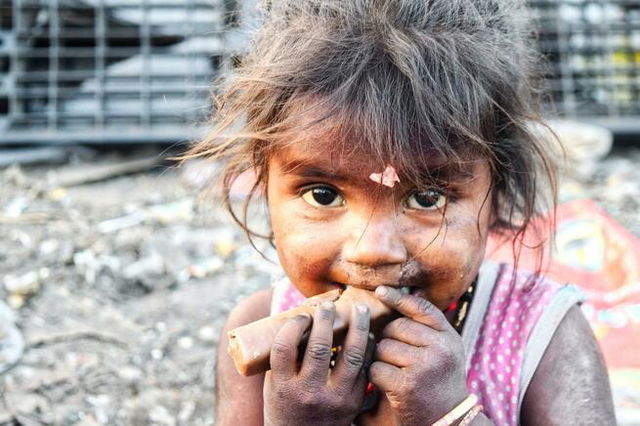
The role of The FAO and the aim of World Food Day is very important due to the fact that an estimated 829 million people still go hungry every day, approximately 11% of the global population. There was a large increase in the number of people without food between 2019 and 2022 due to war, COVID-19, and related issues such as homelessness and poverty.
How to Celebrate World Food Day
On World Food Day there are many events organized around the globe. The main event happens in Rome, Italy, at the headquarters of the Food and Agriculture Organization, where several international organizations gather to discuss issues regarding food supplies.
On a smaller scale, many organizations in different world cities put together talks, conferences, workshops, and exhibitions that focus on food supplies, distribution, and the issue of world hunger. There are also fundraisers in support of agriculture, and small farmers in local communities.
This is also a day for reflecting on our own diets, and how the food we buy has a knock-on effect on the food that is available for others. So, it is also a day for researching ways in which we can change what we eat to help eliminate world hunger.
This might mean eating a more varied diet, reducing how much we consume, and also being mindful of where our food comes from. We can also make this the day to donate to food banks and help the hungry in our communities.
Read about National Fast Food Day next.

Other Celebrations
-
Jan 16 ThuInternational Hot and Spicy Food Day
-
Feb 10 Mon
-
Jun 07 SatWorld Food Safety Day
-
Sep 05 Fri
-
Sep 05 FriNational Food Bank Day
-
Dec 05 Fri

World Food Day - Next years
Friday, 16 October 2026
Saturday, 16 October 2027
Monday, 16 October 2028



